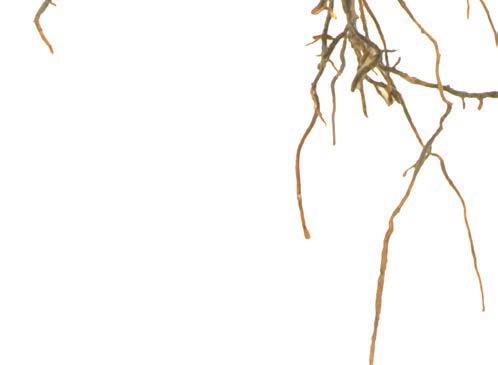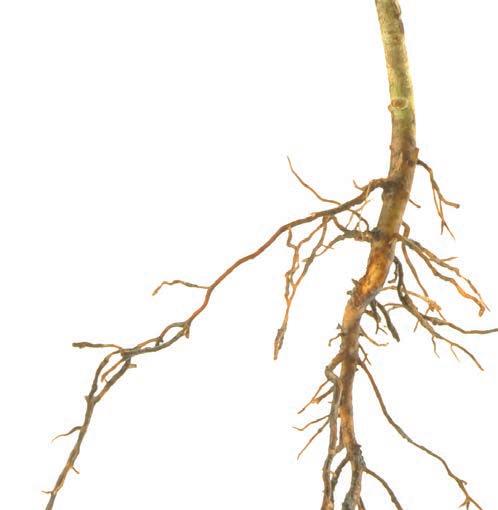
4 minute read
Got a Casa Bonita story?
“When they see these kids making decisions, both good and bad, perhaps they can learn from that and apply it to their lives.”
‘Primo’ world premiere screening — May 8
For Shea Serrano, a New York Times best-selling author and culture critic, working as creator, executive producer and a writer on “Primo” was a daily reminder of how much creative potential is unlocked when people work together.
“All of these incredibly talented people spent a lot of time working on it and I’m thankful and proud every time I sit down to watch it,” he said. “I watch the show and I see everybody’s ngerprints all over it.” e show, which is executive produced by Michael Schur (“Parks and Recreation”and “ e Good Place”), is based on some of Serrano’s own ex- periences growing up in San Antonio. It follows 16-year-old Rafa Gonzales (Diaz-Silverio) as he comes of age with the help of his mother, Drea (Vidal), and ve uncles.
Amazon will unveil the rst season of “Primo” on May 19, but its worldpremiere screening will be at 8:15 p.m. on Monday, May 8, at the Sie FilmCenter. Serrano and actors Ignacio Diaz-Silverio and Christina Vidal will all be on hand for a discussion afterwards hosted by Diaspora’s Dino Ray-Ramos.
Since “Primo” has its roots in such personal experiences, Serrano was able to ll the show with speci c references and jokes his family and friends will recognize — everything from costume choices to a shout out to a favorite A Tribe Called Quest song. Some shows become like a warm blanket — something viewers can turn on when they need to feel better about being alive, and that was the goal for “Primo.”
“ at’s my ultimate dream for the show — that ‘Primo’ becomes a part of somebody’s lineup in that situation,” Serrano said. “You are unwinding at the end of the day and you watch an episode or two and see what the Gonzales family is getting up to in San Antonio.”
For the full SeriesFest lineup and to secure tickets, visit https://seriesfest. com/.
Clarke Reader’s column on culture appears on a weekly basis. He can be reached at Clarke.Reader@hotmail. com.
Casa Bonita’s famed fountain turned on in mid-March and the internet went nuts. It was another reminder that the grand reopening of the eclectic pink building isn’t too far away. e anticipation has naturally led to a little nostalgia about the Casa Bonita that residents remember. We would love to share these stories.
What kind of memories does the establishment hold for you and your family?
Send your stories, photos or even videos of the old Casa Bonita to Jo Davis at jdavis@coloradocommunitymedia.com. ey could become part of a nostalgia piece on Casa Bonita.
CROUCH
Michael A. Crouch
August 5, 1947 - April 12, 2023

Age 75, of Arvada, Mike died unexpectedly but peacefully at home in his sleep. He is survived by his wife, Linda S. Crouch; son, Bryan (Julie Kirwan) Crouch; sister, Shanne Crouch Hilleman; sister-in-law, Kathy Chiero; brother-in-law, Larry Houns; nieces, Anne Marie Salem, Kellen Crouch Kurtz (Kimbal), and Mallory Crouch. Visit www.HoranCares.com for full obituary.

Local foragers teach students to cook with wild foods
ere some see weeds, Erica Davis sees ingredients for delicious soups and salads.
“In urban areas, there are a lot of plants that we call weeds that spring up everywhere, that are widely available to people, that are edible and good,” she said.



Foraging is the act of gathering wild plants from nature, generally to be used for food, and sometimes to make other products. For Davis and other foragers, spring means plants are starting to grow –which means kitchens will soon be full of wild foods ready to be prepared in creative
Across the Front Range and in the mountains, several foragers share their knowledge through cooking classes based on
Why cook with wild food?

Davis, who runs a blog called Wild Food Girl, has upcoming classes in Ramah and Fairplay. Her Arvada class this spring has

“I think one of the biggest challenges with edible wild plants is that people don’t always know how to prepare them,” she said. “We all know how to cook spinach, we all know how to make broccoli — but we don’t all know how to cook tumble mustard so that it tastes good. So in my classes, I like to give students that experience of preparing an edible wild plant — or three — in a way that I think they are going to Davis’ classes begin with an hourlong plant walk where students learn the names of plants and safety and sustainability guidelines for foraging. Afterward, she teaches them how to prepare several of the plants they have for-
In the spring, dandelions and wild mustard greens are common staples in her
“People sometimes picture foraging as going out into the forest and picking plants
— and that’s part of it — but I would really encourage people to learn the weeds and make use of them,” she said. “A lot of them are non-native species, so there really aren’t as many ecological considerations with picking them.”

Davis teaches her students to make dandelion green soup from a recipe passed down by an Italian relative. Musk mustard is great in salads, and tumble mustard and field pennycress are fun to ferment, she said.
Beyond the creative and flavorful uses of foraged foods, research from 2019 suggests that wild edible greens harvested in urban areas can be abundant and highly nutritious. The study dubbed wild edible plants “open-source food.”
“This idea that open-source food is out there for anybody to eat and make use of — and then furthermore, it’s organic, it’s free, it’s fresh — I just think that’s a great concept,” Davis said.
Safety precautions
Despite their affordability and freshness, wild plants are not all safe to eat. Crystal Baldwin, who teaches wild plant-based classes at her Golden business, Earth Sweet Boutique, said it’s always important to triple-check plants before you eat them.
“I don’t like to frighten people away from… foraged foods because there’s a lot of very safe ones,” Baldwin said. “But I like them to be aware that there are dangerous, poisonous ones that will kill you, and so it’s important to kind of have an idea of what those might be and what to look out for.”
Baldwin encourages those interested in foraging to start by taking classes, working with local experts and reading about which plants are safe to eat.
She also said it’s important to check if plants are near old buildings that could be contributing lead to soil or if plants have been sprayed with pesticides.











